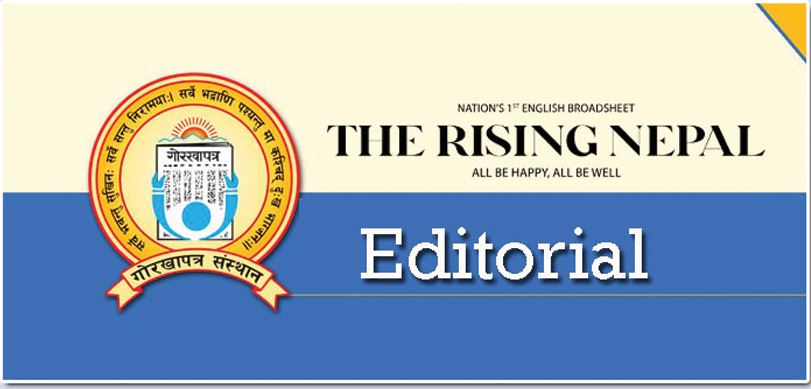- Thursday, 31 July 2025
Rising Risk Of Dengue
As the monsoon season has arrived, concerns about the outbreak of dengue have started making headlines. Nepal has seen multiple dengue outbreaks since detecting its first case in a traveller returning from India in 2004. Major outbreaks occurred in 2005 and 2010. However, it was in 2022 that the outbreak reached an epidemic level, affecting all 77 districts in all seven provinces. By the end of that year, 54,784 cases and 88 fatalities were recorded, with Bagmati Province and the Kathmandu Valley being the worst affected. Hospitals were overwhelmed with dengue patients. The unusually high pre-monsoon rainfall, attributed to climate change and the mismanagement of waste disposal, was said to have contributed significantly to the epidemic.
According to the Epidemiology and Disease Control Division (EDCD) of the Ministry of Health and Population, this year, 1,295 dengue infections were recorded across 72 districts between January 1 and June 12, with Kathmandu reporting the highest number of cases at 136. The peak of the dengue epidemic occurs from June to August during the rainy season, requiring extra vigilance during this period.
Dengue is a viral infection transmitted by female Aedes aegypti and Aedes albopictus mosquitoes, and is more common in tropical and subtropical climates, ones found in our southern plains, making the Tarai its hotspot. Dengue fever is more prevalent during the rainy season primarily because the stagnant water accumulated during rainfall provides ideal breeding grounds for these blood sucking insects. The warmer temperatures and higher humidity during the rainy season provide them with ideal ground to breed and spread rapidly.
However, thanks to the warming of hilly and mountainous belts as a result of climate change, the disease is now increasingly being detected at higher elevations as well– a sobering reality that came to light when the hilly districts of Tanahun, Kathmandu, Kaski and Parbat reported more cases than the Tarai region recently. Rapid urbanisation, which the nation is undergoing, contributes to the spread of the infection, as it increases contact with infected people and exposure to the virus. Making things worse, huge unhindered movement of people through the porous Nepal-India border, inefficient surveillance system, and insufficient preventive efforts – all elevate the risk.
Keeping dengue danger at bay necessitates taking a slew of precautionary measures. The spots at risk of mosquito presence should be identified and a campaign should be launched to destroy larvae and mosquitoes. Those exhibiting symptoms should immediately be brought to the attention of medical professionals. Because the mosquitoes are known to be active during the dawn and dusk hours, special care needs to be taken during these times of the day. Taking personal protective measures during outdoor activities, such as application of repellents to exposed skin or clothing, and wearing long-sleeved shirts and trousers, also helps.
Protection measures also include the use of household insecticide products or mosquito coils. Windows and door screens, as well as air conditioning, can keep mosquitoes out of a house. Insecticide-treated nets offer good protection to people against mosquito bites while asleep. Measures also include covering, draining and cleaning household water storage containers regularly. Awareness among the general public about such steps and improved surveillance of its symptoms can go a long way in containing the disease. Equally important is ensuring the availability of essential supplies, such as dengue kits and medicines indispensable for treating patients.








-square-thumb.jpg)







